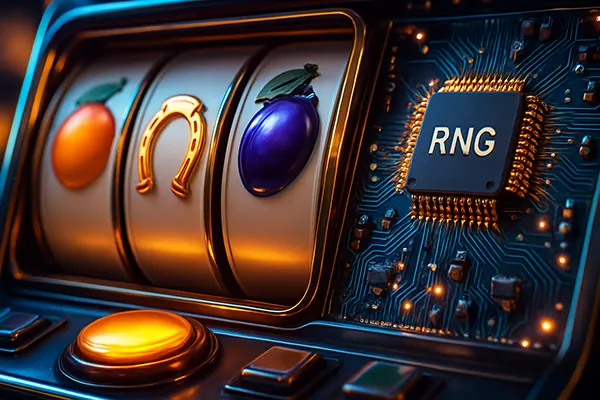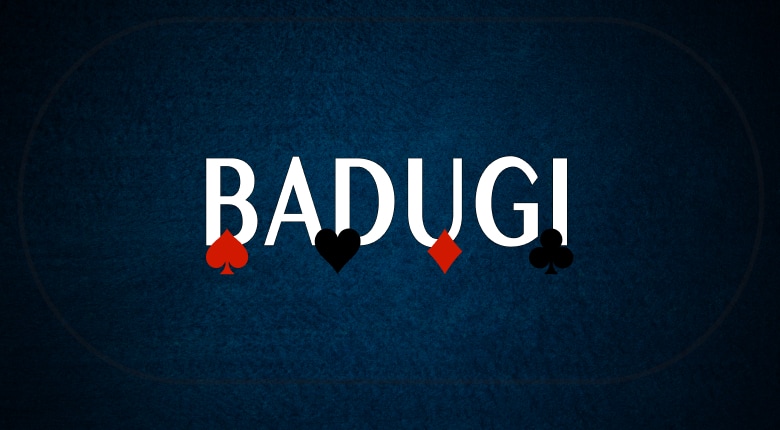
Secrets of Successful Bluffing in Sports Poker: When and How to Use It
Bluffing is a quintessential skill in poker, often determining the difference between an average player and a true poker master. It’s not just about pretending you have a stronger hand—it’s about knowing when and how to do it effectively. In this article, we’ll explore the secrets of successful bluffing, focusing on its strategic application, various techniques, and the psychological aspects that make bluffing a powerful tool in sports poker.
When to Apply Bluffing in Poker
Bluffing isn’t a tactic to be used haphazardly; timing is everything. The ideal moments to bluff depend on several factors, including your position at the table, the playing styles of your opponents, and the overall dynamics of the game. Early in a hand, when fewer community cards are revealed, bluffing can be riskier since opponents might still have a wide range of hands. However, in later stages—particularly on the turn or river—bluffing can be more effective as players’ hands become more defined, and the stakes are higher.
For example, when playing on a reliable platform like 21 point casino, understanding when to bluff can greatly increase your chances of success. 21 point casino log in to start playing poker and learn how to bluff properly, as bluffing in late positions can be particularly powerful, especially if your opponents are chequered, showing weakness. Conversely, when faced with aggressive players, bluffing can be risky, but if done correctly it can also be very profitable. Therefore, always carefully assess the situation before deciding to bluff.
Techniques and Types of Bluffing
Bluffing isn’t a one-size-fits-all approach; there are several techniques you can employ depending on the situation and your opponents:
- Pure Bluff: This is a classic move where you bet or raise with a hand that has little to no chance of improving. The goal is purely to make your opponents fold superior hands.
- Semi-Bluff: This involves betting with a drawing hand that is not currently the best but has the potential to become strong. Even if your bluff gets called, you still have a chance to win by improving your hand on later streets.
- Continuation Bet Bluff (C-Bet Bluff): After raising pre-flop, making a continuation bet regardless of the strength of your hand can apply pressure on your opponents, forcing them to fold weaker hands.
- Over-Bet Bluff: This involves betting more than the size of the pot, suggesting you have an extremely strong hand. This can often scare off opponents, especially if they are holding marginal hands.
Each of these techniques requires careful consideration and should be tailored to the specific context of the game and the tendencies of your opponents.

The Psychology of Bluffing
Bluffing is as much about psychology as it is about strategy. To bluff successfully, you need to understand your opponents’ mental states and predict how they might react to your actions. Observing betting patterns, physical tells, and the emotional state of your opponents can provide valuable insights. For example, a player who has just lost a big hand might be more inclined to fold to a bluff out of frustration.
Conversely, a player who is on a winning streak might feel overconfident and be more likely to call your bluff. Understanding these psychological cues can significantly increase your chances of executing a successful bluff.
Mistakes to Avoid When Bluffing
While bluffing is a powerful tool, it can backfire if not used properly. Here are some common mistakes to avoid:
- Bluffing Too Often: Overusing bluffing can make you predictable. Once opponents catch on, they will call your bluffs more often, leading to significant losses.
- Bluffing Against Multiple Opponents: The more players in the hand, the less likely your bluff will succeed. It’s generally safer to bluff when facing one or two opponents rather than a full table.
- Ignoring Opponent Types: Not all players are equally susceptible to bluffs. Tight players are more likely to fold to a strong bet, while loose players may call you down with marginal hands. Tailor your bluffing strategy to the specific opponents you are facing.
- Bluffing Without a Plan: A successful bluff is part of a broader strategy. Bluffing just for the sake of it, without considering the hand range of your opponents or the board texture, is a quick way to lose chips.
Bluffing is an art form that, when mastered, can elevate your poker game to new heights. It requires a deep understanding of the game, sharp psychological insight, and impeccable timing. By learning when and how to bluff effectively, and by avoiding common pitfalls, you can become a formidable opponent at the poker table.




